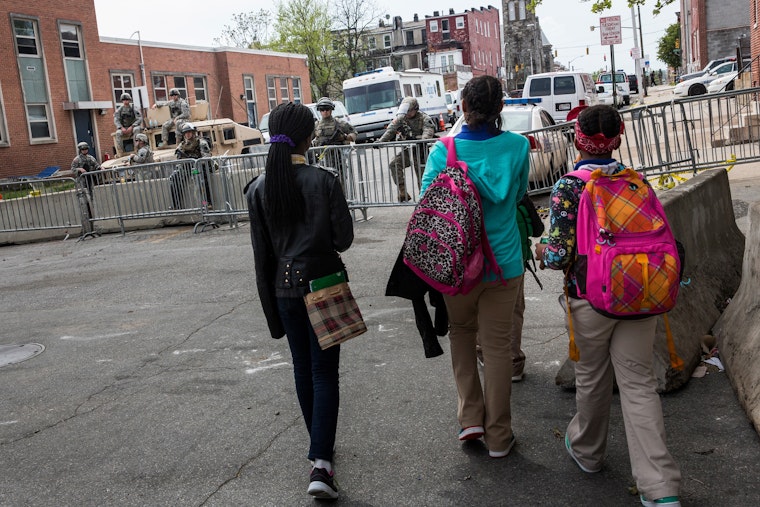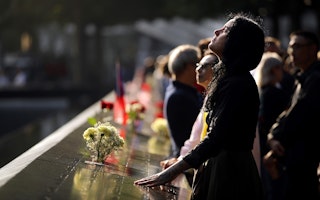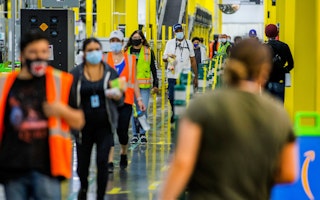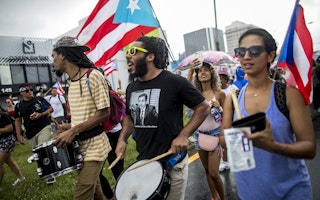After the Uprising, Uplifting Baltimore’s Youth
By Tara Huffman

The events that followed the death of Freddie Gray revealed several Baltimore fault lines, including a disconnect between younger generations who are awakening to the structural racism and inequality that limits their opportunity, and established institutions that purport to make things better. As we collectively look to turn this moment into a movement, and move protests to policy, we must also seize upon the opportunity to support new leaders.
Here are three things that adults—particularly adults in positions of privilege and power—can do to uplift Baltimore’s youth and partner with them to prevent the next Freddie Gray.
First, uncage Baltimore’s youth—literally.
While arrests of young people are down across the city, Baltimore youth are still subject to over-policing, resulting in arrests on the streets of their own communities, in Baltimore’s public spaces, and even within their own schools. If we truly value Baltimore’s youth, we will work with them to reduce youth arrests and incarceration and shut down the cradle-to-prison pipeline in Baltimore for good.
Second, adopt a new and affirming narrative regarding Baltimore’s youth.
Far too often, adults in Baltimore expect the worst from our youth. These low expectations were on full display when, on April 27, students leaving Frederick Douglass High School were met by police in riot gear instead of buses or caring adults to escort them home. Young people who acted on their pent-up frustrations were answered punitively with mass arrests, exorbitantly high bail amounts, and disciplinary actions brought by Baltimore City schools.
Despite the growing calls from all sectors of the city for greater opportunity for our youth, Governor Hogan announced, just a few weeks after Freddie Gray’s death, that he was denying more than $11 million to support public education in Baltimore and approving $30 million to build a new youth jail. The clear implication is that youth are suspect and undervalued. We must work hard and fast to change this narrative and our actions to achieve a Baltimore where young lives do matter.
Third, support youth organizing and leadership in Baltimore.
This goes beyond adding youth as tokens within adult-controlled structures. Rather, it involves providing investments and supports to youth-led organizations that have their own methods for advancing real reform. It also means fully integrating youth leaders into existing decision-making structures, not simply as informants but as equal partners with equal voices and equal say.
The recent uprising in Baltimore has catalyzed a younger generation of advocates and activists. These new leaders are energized, astute, and critical to transforming Baltimore for the better. Thus, it behooves the adults in the room to make space at the table and welcome them to the fray.
Until November 2021, Tara Huffman was the director of the Criminal and Juvenile Justice Program at OSI-Baltimore.


